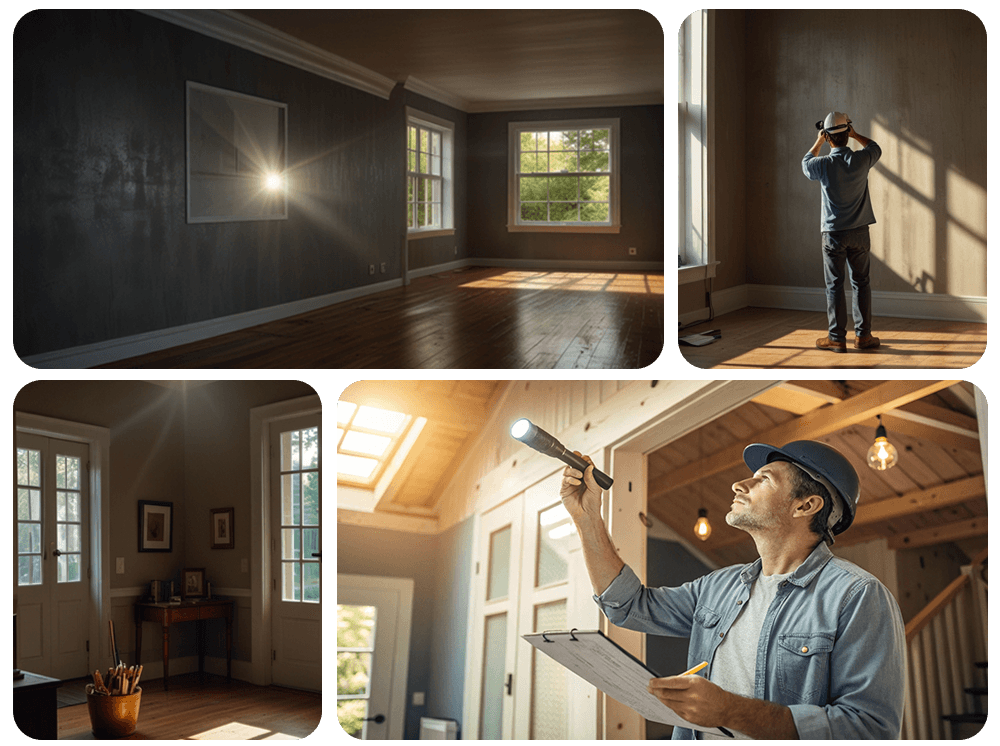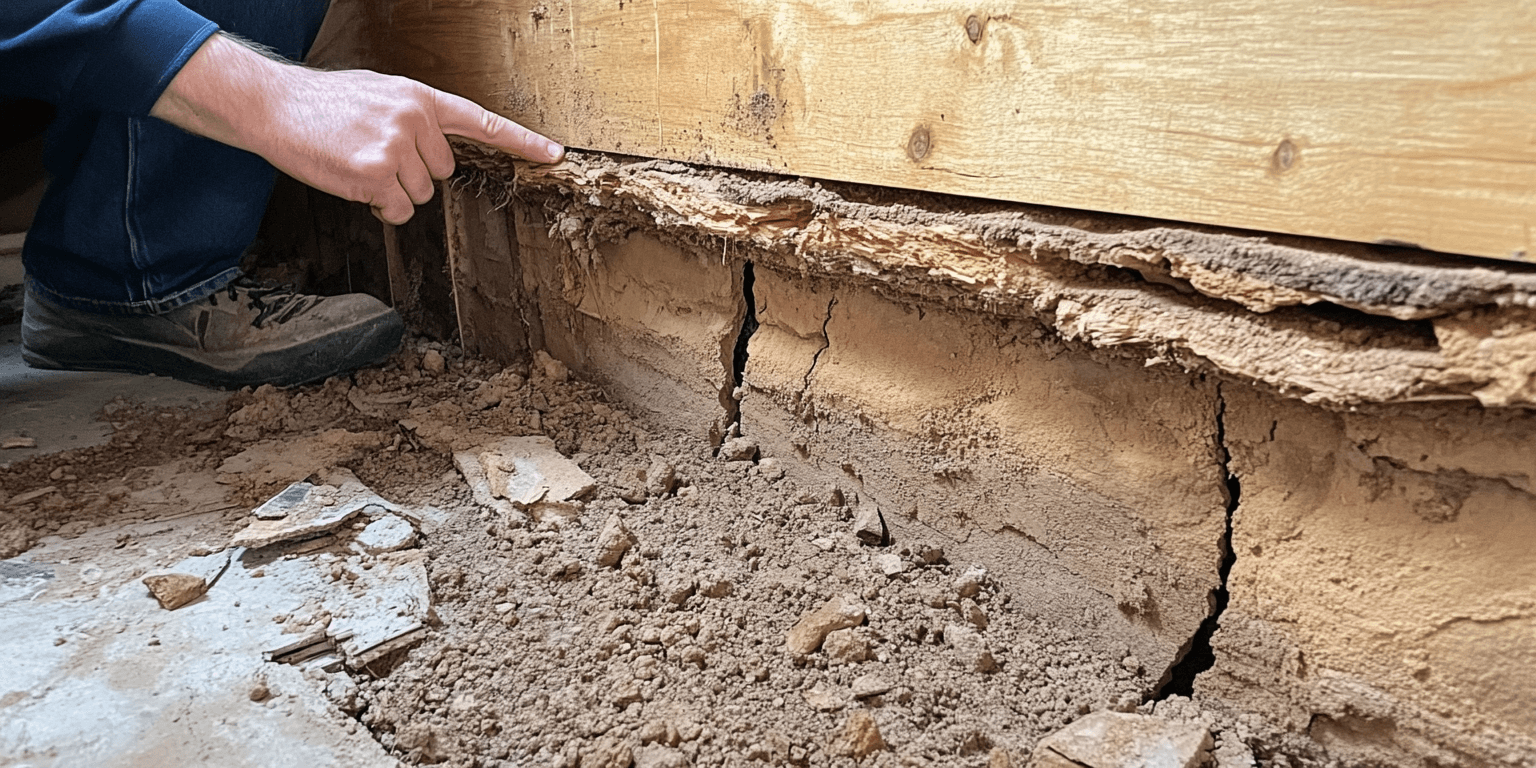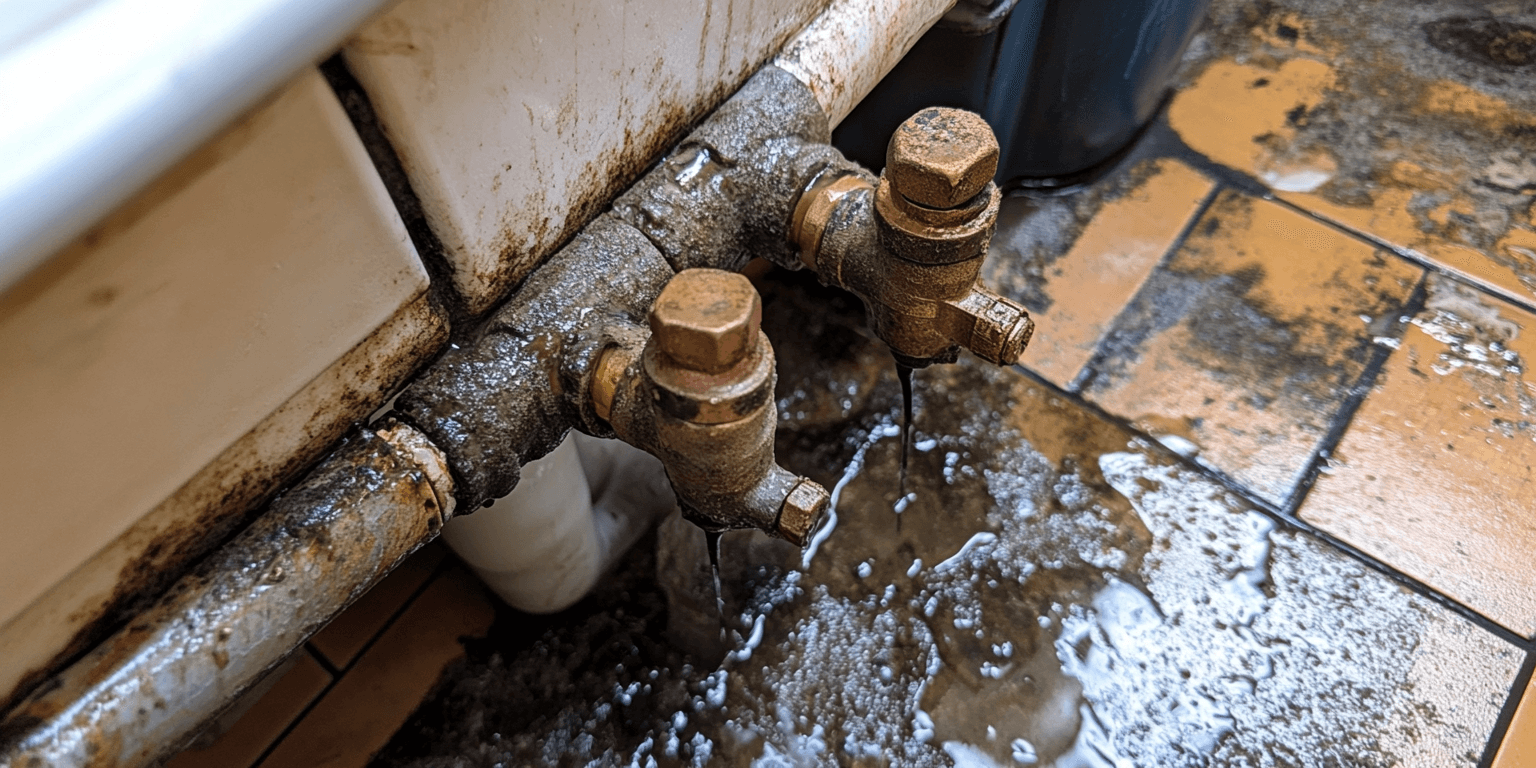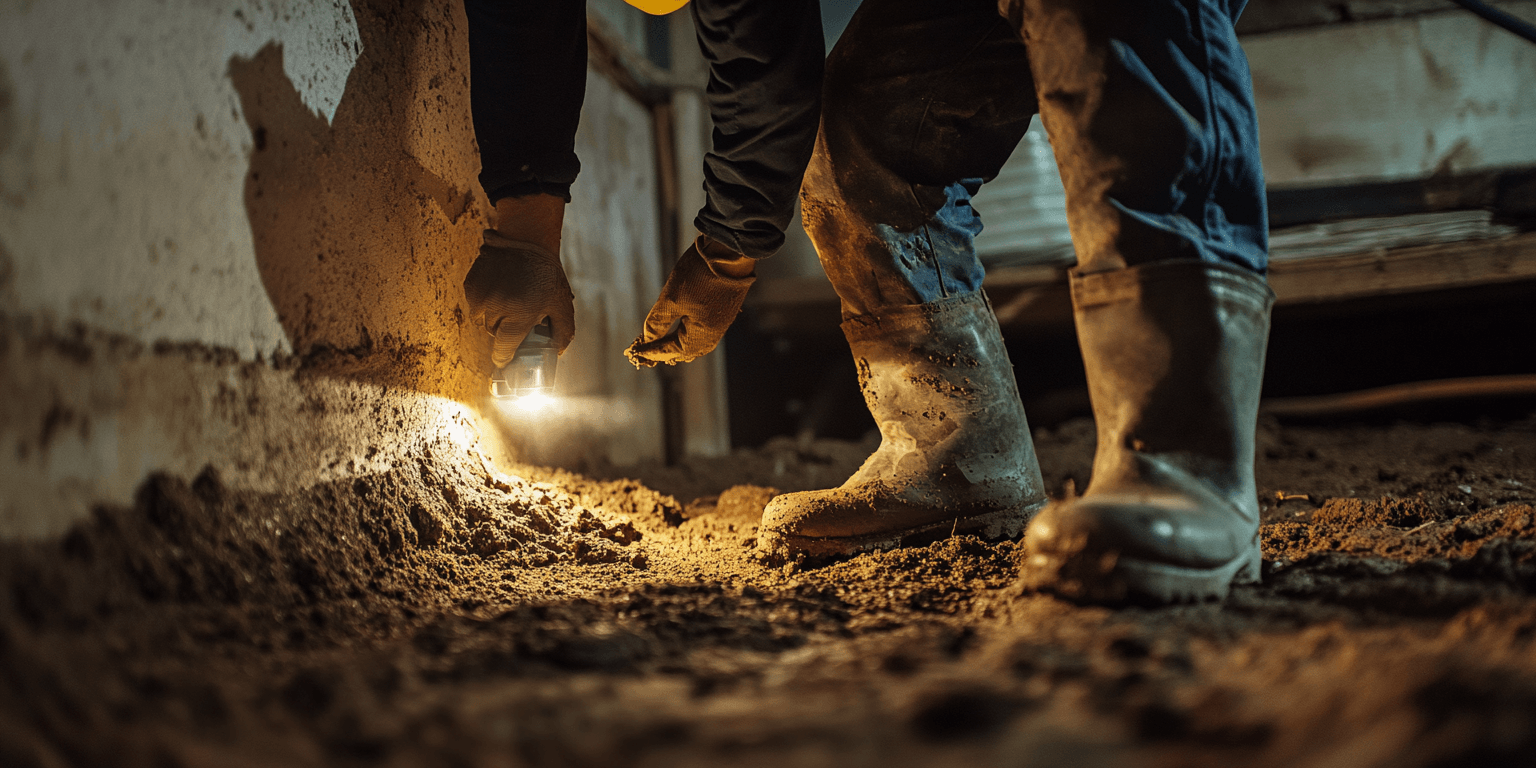A home inspection is one of the most critical steps in the buying process. It gives you a detailed look at the home’s condition, helping you avoid unexpected surprises after the purchase. While every home has its quirks, there are certain red flags that can signal serious issues. Knowing how to identify these during your inspection is key to making an informed decision.
At 1st Choice Inspection Services TREC#9175, we provide thorough inspections that uncover any potential problems so you can proceed with confidence. Here’s what you need to look out for during your home inspection.


One of the most significant red flags during a home inspection is structural damage. The integrity of the home’s foundation and frame is crucial to its stability. Signs of structural issues can include:
Structural issues can be costly to repair, so it’s essential to have them thoroughly evaluated before moving forward with the purchase.

Water damage is another major concern during home inspections. Whether it’s due to leaks, flooding, or poor drainage, water can cause significant damage to a home’s structure and lead to long-term issues like mold and rot. Red flags to watch for include:
If water damage is found, it’s important to determine the source and assess the severity. Even minor leaks can lead to costly repairs if left unaddressed.
A home’s electrical system is crucial for safety, and outdated or faulty wiring can be a serious hazard. Older homes, in particular, may not have electrical systems that meet modern safety standards. Warning signs to look for include:
Electrical red flags should be addressed immediately, as they can be both hazardous and expensive to repair.
The roof is one of the most critical components of a home, and even minor issues can lead to water damage or costly repairs. Common roof-related red flags include:
Roof repairs or replacements can be expensive, so identifying these problems early allows you to negotiate with the seller or plan for future maintenance.
The heating, ventilation, and air conditioning (HVAC) system plays a vital role in maintaining a comfortable and energy-efficient home. A malfunctioning or outdated system can result in high energy bills or poor indoor air quality. Red flags to watch for include:
An inspection of the HVAC system can help identify whether the system is in good working order or if repairs or replacements are necessary.
Plumbing problems can range from minor leaks to significant water damage. When inspecting the home’s plumbing, red flags to watch for include:
Plumbing repairs can become expensive, so it’s essential to address these issues before moving forward with the purchase.

Pests such as termites, carpenter ants, and rodents can cause extensive damage to a home’s structure, wiring, and insulation. Signs of a potential pest problem include:
If the inspection reveals signs of pests, it’s crucial to have a professional pest inspection conducted to assess the extent of the infestation and the cost of extermination.
Spotting red flags during your home inspection is essential for protecting your investment and ensuring that you’re making a sound decision. At 1st Choice Inspection Services TREC#9175, our expert inspectors are trained to identify potential issues and provide clear, detailed reports that help you understand the true condition of the home. If significant problems are uncovered, you can use this information to negotiate repairs, request a price reduction, or reconsider the purchase.
Don’t leave your home’s safety and value to chance. Schedule a thorough home inspection today and feel confident that you’re making the right choice.
The most common red flags include structural issues, water damage, electrical problems, roofing concerns, and plumbing issues. These can indicate costly repairs or safety hazards.
Structural problems, such as foundation cracks or uneven floors, can significantly affect a home’s value and may require expensive repairs to ensure the home’s safety and stability.
Water damage can lead to mold growth, rot, and structural weakening over time. It’s crucial to identify the source of the water and repair it before it causes further damage.
Look for outdated wiring, flickering lights, sparking outlets, or an inadequate number of outlets. These issues may indicate that the home’s electrical system is outdated or unsafe.
If the inspection uncovers significant problems, you can negotiate with the seller to make repairs, ask for a price reduction, or choose to walk away from the deal if the issues are too severe.